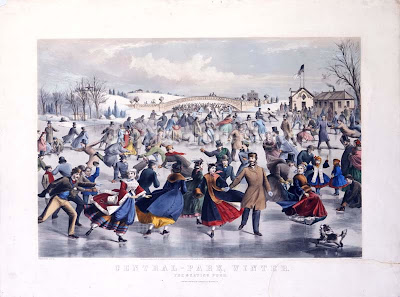I’ve said it before and I’ll say it again: no. You have to put a stop to it at some point and yet – despite the withering of our economy here in the U.S.
But that’s not the point of this post. Everyone needs to do what’s best for them. I maintain, however, that something handmade tucked into a stocking or waiting on a breakfast plate is one of the kindest things anyone can do for someone they love. So I’ll kick off the season with a dream mojo. Easy to make, easy to use, and full of sweet dreams. Here’s what you’ll need for four bundles:
5 tbsp dried lavender
25 whole cloves
5 tbsp dried rosemary
1 amethyst bead for each mojo
Four fabric squares about 5” x 5”; your choice of color
Ribbon or thread to tie up your bundles in either matching or coordinating color
Take some time away from your worries to concentrate on putting these dream mojos together for family and/or friends. Light a candle, put some music on, immerse yourself in a dreamy atmosphere so that you can infuse your work with wishes for pleasant, prophetic dreams.
When you’re ready, combine the herbs in a bowl or cup. If possible, use your fingers for this and concentrate on the magick of sound sleep.
Next, lay out your fabric squares. I like to use a soft fabric like silk, satin or velvet in dreamy, night time colors like dark blue or violet but white muslin will work perfectly well. Distribute the herb mixture evenly into the four fabric squares. Place a little amethyst bead on each of the piles of herbs; this is to keep away nightmares and restlessness. No semi-precious stones to hand? No worries; use a pinch of salt or a large seed such as a pumpkin or sunflower seed to do the same job.
Now you are ready to tie up the bundles with your ribbon or thread. Remember to use three knots for each before finishing with a bow if you like. Don’t forget to continue to focus throughout the process.
Give these right away or tuck them into a safe, quiet place for presentation at your holiday celebration with instructions for them to be placed under the receiver’s pillow at bedtime. And please don’t forget to make one for yourself; you deserve beautiful dreams, too. A votre santé ~
Header: Dante’s Dream by Dante Gabriel Rossetti c 1871



















